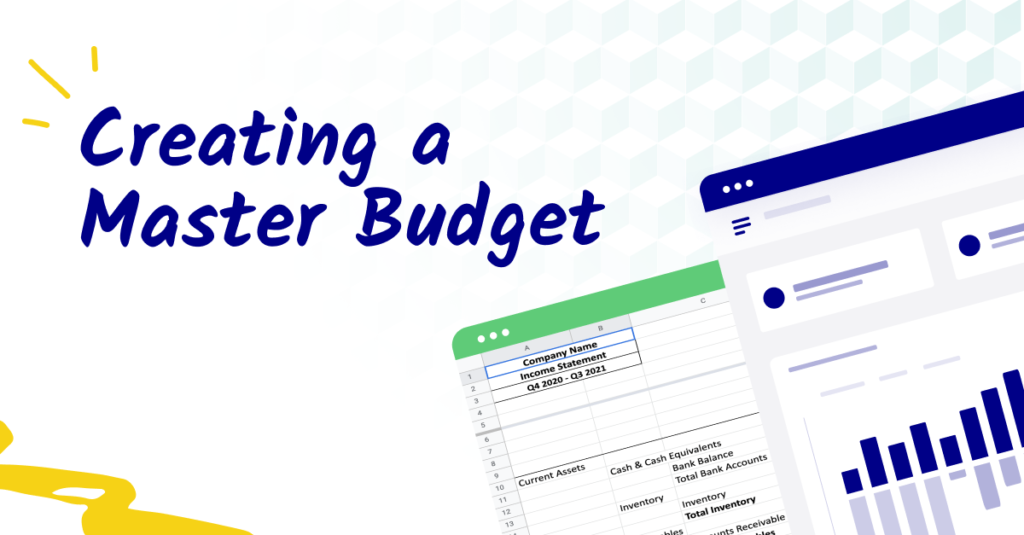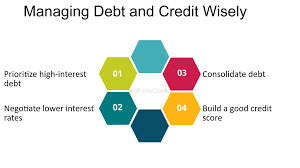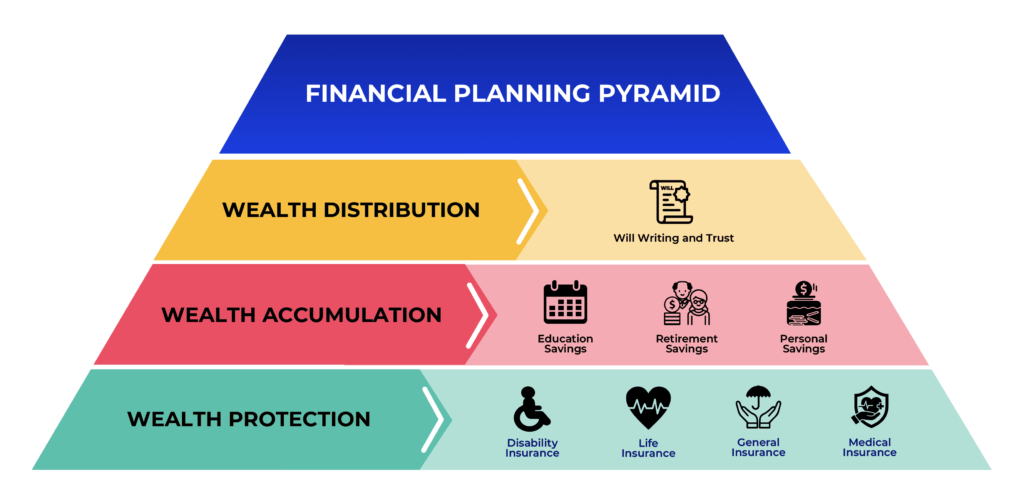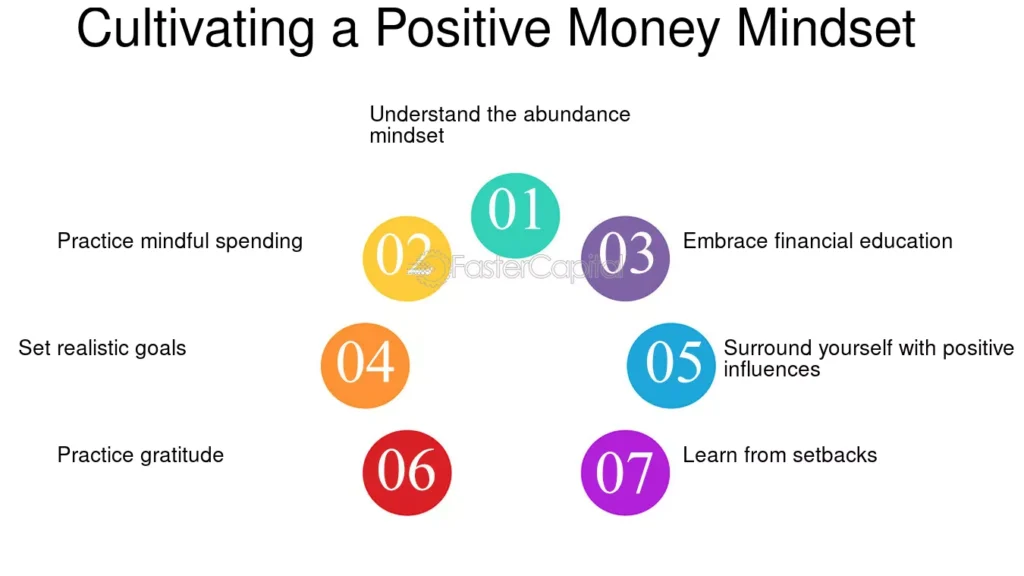Introduction
Achieving financial freedom in your 30s may seem like a daunting goal, but with the right strategies, it’s entirely possible.
Financial freedom means having enough income, savings, and investments to support your lifestyle without being dependent on a paycheck.
This allows you to make life choices without financial stress.
In this article, we’ll explore a step-by-step approach to building wealth, reducing debt, and increasing financial security so you can achieve financial independence in your 30s and beyond.
Understanding Financial Freedom
Before diving into the strategies, it’s essential to understand what financial freedom truly means.
Many people mistake it for being rich, but in reality, financial freedom is about having control over your money rather than letting it control you. It involves:
- Having enough savings and passive income to cover your expenses
- Being debt-free or having manageable debt
- Making informed financial decisions without stress
- Being able to work by choice rather than necessity
Step 1: Set Clear Financial Goals

Setting clear and actionable financial goals is the foundation of financial freedom. Without goals, it’s easy to spend money aimlessly. Follow these steps:
- Define Your Vision – What does financial freedom mean to you? Is it retiring early, traveling the world, or starting your own business?
- Set SMART Goals – Make sure your goals are Specific, Measurable, Achievable, Relevant, and Time-bound.
- Break Goals into Milestones – Set short-term, mid-term, and long-term objectives.
- Track Progress – Regularly review your financial situation to stay on track.
Step 2: Master Budgeting and Expense Management

A well-planned budget ensures that you allocate funds wisely and cut unnecessary expenses. Here’s how to do it effectively:
- Track Your Income and Expenses – Use budgeting apps like Mint, YNAB, or spreadsheets.
- Follow the 50/30/20 Rule – Allocate 50% for needs, 30% for wants, and 20% for savings and investments.
- Cut Unnecessary Costs – Identify and eliminate spending on non-essentials.
- Adopt Frugality – Live below your means without sacrificing quality of life.
Step 3: Eliminate and Manage Debt Wisely

Debt can be a major roadblock to financial freedom. Follow these strategies to manage and eliminate debt efficiently:
- List and Prioritize Debts – Identify high-interest debts (e.g., credit cards) and pay them off first.
- Use the Snowball or Avalanche Method – Either pay off smaller debts first for motivation or tackle high-interest debts to save money.
- Refinance or Consolidate Loans – Consider lower interest rates to ease repayment.
- Avoid Lifestyle Inflation – Increase savings instead of increasing expenses when your income rises.
Step 4: Increase Your Income Streams

Relying on a single income source is risky. Diversify your earnings through:
- Negotiating a Salary Raise – Research industry standards and present your case for a higher salary.
- Starting a Side Hustle – Freelancing, consulting, or selling digital products can boost income.
- Investing in Passive Income Sources – Dividend stocks, rental properties, or online businesses generate income without active work.
- Developing High-Income Skills – Learn coding, digital marketing, or finance to increase earning potential.
Step 5: Build and Grow Investments

Investing is crucial for wealth accumulation. Follow these investment strategies:
- Start Early – Compound interest works best over time.
- Diversify Investments – Allocate funds into stocks, real estate, bonds, and retirement accounts.
- Invest in Index Funds and ETFs – These provide low-cost, diversified investment options.
- Maximize Retirement Accounts – Contribute to 401(k), IRA, or Roth IRA for tax advantages.
- Monitor and Adjust Portfolio – Regularly review investments and rebalance accordingly.
Step 6: Save Aggressively and Build an Emergency Fund
An emergency fund prevents financial setbacks. Here’s how to save effectively:
- Set a Savings Target – Aim for 3-6 months’ worth of living expenses.
- Automate Savings – Schedule automatic transfers to a high-yield savings account.
- Reduce Unnecessary Expenses – Direct savings from lifestyle cuts into your emergency fund.
- Keep Funds Accessible – Store in a liquid account to use during emergencies.
Step 7: Protect Wealth Through Insurance and Estate Planning

Wealth protection is just as important as wealth creation. Secure your assets by:
- Getting the Right Insurance – Health, life, and disability insurance prevent financial disasters.
- Creating an Estate Plan – Set up a will and designate beneficiaries to protect assets.
- Avoiding Scams and Bad Investments – Conduct due diligence before investing.
- Reviewing Financial Plans Regularly – Ensure financial plans align with life changes.
Step 8: Cultivate the Right Money Mindset

A healthy money mindset leads to better financial decisions. Develop financial discipline by:
- Adopting Long-Term Thinking – Avoid instant gratification and focus on future rewards.
- Learning Continuously – Read books, listen to finance podcasts, and stay updated.
- Surrounding Yourself with Financially Smart People – Learn from those with financial success.
- Avoiding Financial Comparisons – Focus on personal progress rather than others’ lifestyles.
Step 9: Stay Consistent and Adapt to Changes
Financial freedom isn’t achieved overnight. Stay committed by:
- Reviewing Your Progress Monthly – Adjust budgets and investments as needed.
- Adapting to Economic Changes – Stay flexible with financial strategies.
- Maintaining a Balance – Enjoy life while staying financially responsible.
Final Thoughts: Your Path to Financial Independence
Achieving financial freedom in your 30s is challenging but possible with the right mindset, discipline, and strategies.
By setting clear goals, managing expenses, eliminating debt, increasing income, and investing wisely, you can build long-term wealth and live life on your terms.
FAQ
1. How long does it take to achieve financial freedom?
It depends on factors like income, savings rate, and investment returns. Some achieve it within a decade, while others may take longer.
2. Can I achieve financial freedom with a low income?
Yes. Focus on budgeting, increasing income streams, and investing wisely to build wealth over time.
3. Should I pay off debt or invest first?
It depends on interest rates. High-interest debt should be prioritized, while low-interest debt can be managed alongside investments.
4. How much should I save for retirement?
A general rule is to save at least 15-20% of your income for retirement, depending on your desired lifestyle.
5. Is financial freedom the same as early retirement?
Not necessarily. Financial freedom means you have enough wealth to make work optional, but you can still choose to work if you enjoy it.
By applying these principles consistently, you’ll be well on your way to financial independence and a secure future.